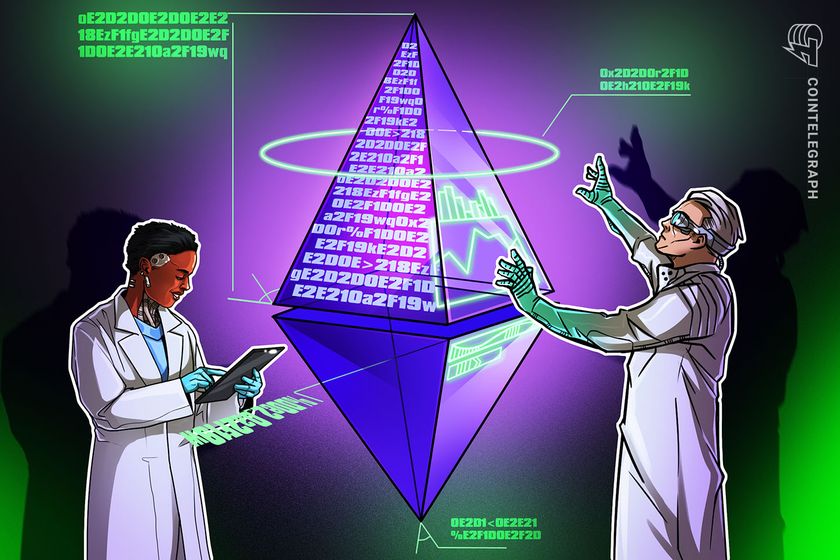

Update (April 3, 5:43 am UTC): This article has been updated to add information on the STABLE Act and GENIUS Act.
The US House Financial Services Committee has passed a Republican-backed stablecoin framework bill, which will now head to the House floor for a full vote.
The Committee passed the Stablecoin Transparency and Accountability for a Better Ledger Economy, or STABLE Act, with a 32-17 vote on April 2, with six Democrats voting in favor.
The bill was introduced on Feb. 6 by committee Chair French Hill and the chair of its Digital Assets Subcommittee, Bryan Steil — reportedly drafted with the help of the world’s largest stablecoin issue, Tether.
Source: Financial Services GOP
The bill would provide rules around payment stablecoins, a crypto token tied to a currency such as the US dollar, and aims to ensure issuers give information about their business and how they back their tokens.
During an earlier markup session, the committee’s leading Democrat, Maxine Waters, who later voted against the bill, criticized her Republican peers for “setting an unacceptable and dangerous precedent” with the STABLE Act.
She said President Donald Trump could use the bill to allow his family’s stablecoin to be used in government payments and argued the bill validates Trump “and his insiders’ efforts to write rules of the road that will enrich themselves at the expense of everyone else.”
In late March, the Trump family’s World Liberty Financial crypto venture launched a stablecoin, World Liberty Financial USD (USD1). Meanwhile, the US Housing Department, which oversees social housing, was reportedly looking to experiment with using stablecoins for some of its functions.
Stablecoin GENIUS Act also weaves through Congress
Other stablecoin-related bills are also working their way through Congress, including the Republican-led Guiding and Establishing National Innovation for US Stablecoins, or GENIUS Act, which lays out oversight and reserve rules for issuers.
Related: Crypto has a regulatory capture problem in Washington — or does it?
The US Senate Banking Committee voted through the GENIUS Act in an 18-6 vote on March 13, after Senator Bill Hagerty, one of the bill’s co-sponsors, updated it following consultation with the Committee’s Democrats.
Before the vote, Democratic Senator Kirsten Gillibrand said the updated GENIUS Act made “significant improvements to a number of important provisions” in areas such as consumer protections and authorized stablecoin issuers.
Both the STABLE Act and GENIUS Act will now wait until debate time on the floor of the House and Senate, respectively, before they head for a floor vote.
Crypto journalist Eleanor Terrett reported on X that two unnamed crypto lobbyists said there is likely to be “a coordinated push behind the scenes over the next few weeks to get the two bills to mirror each other, as there are still some differences between them.”
Doing so would “avoid having to set up a so-called conference committee which is formed so members from both chambers can negotiate to create a final version of the bill everyone agrees on,” she added.
Magazine: How crypto laws are changing across the world in 2025










